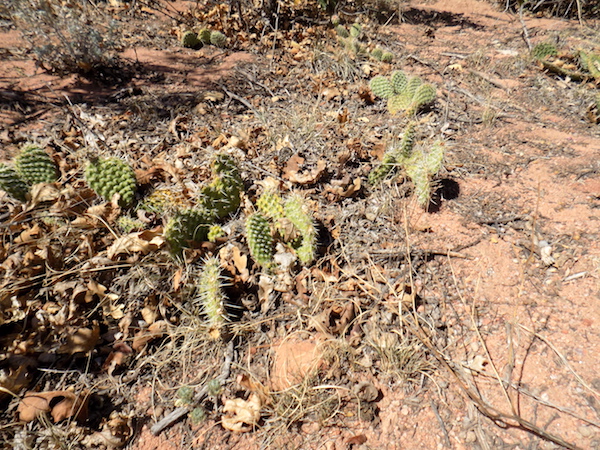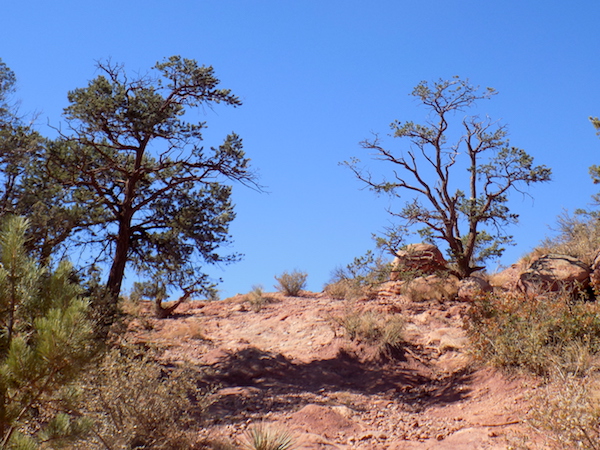
Cactus farming is not a novel farm activity that you build up on Minecraft. It is an actual thing and, amazingly, it is gaining traction once again. In the past, people began farming cactus plants in the deserts for numerous reasons. Today, cactus plants are again being planted on large stretches of desert land out of environmental concerns.

Collect Them All
First of all, we are not talking about Pokemon cards. After all, those were not around back in 1902 when a California newspaper printed an article about people who collected cacti. From the U.S. and all the way to England, poor and wealthy people were getting their start in collecting different varieties of cacti. Why? Because they are mostly easy to grow and need little care when it comes to water. It was a hobby, but in a few years interest in the mighty cactus was going to explode like no one could have imagined. [Source]
Big Business
By 1904, cactus farming was considered a lucrative business in Arizona. Newspapers as far away as Australia were talking about the strangeness of the cactus farm turning up, but botanical farms from all over the world were buying up the numerous varieties of cacti available from the desert states in the U.S.
The large, beautiful Saguaro cactus was tremendously popular because of its size and its yearly flowering. There were also numerous other cactus plants being grown for their fruit and flowering abilities. Besides being curious about the prickly plants, people looked to the cactus farms with hope that new medicine and new food sources might be found. [Source]
Cattle Food
As people were collecting and studying cactus plants for practical use, it was soon discovered that cattle and other livestock could be fed cactus meat after the needles were removed. One man in particular, Luther Burbank, improved on a strain of cactus plant that was spineless. He believed that his simple cactus could be grown in large quantities in the deserts and used to feed livestock. It would have ended many of the problems faced by cattle ranchers because the cactus provided water as well as nutrition for the animals.
While it seems as though the idea did not pick up in the early 1900s, growing cactus plants for livestock feed is back on the table again. In 2016, the idea of growing cactus plants as cattle feed in Arizona and California was being explored. Realizing that cattle farmers in Brazil fed their cattle a diet of sixty percent cactus meat, researchers in California are growing cactus plants on land considered too rough for traditional crops to see if it would be possible to grow large crops of cactus plants for agricultural purposes. [Source]

Deserts Will Feed The World
The vision was to fill the deserts with cactus farms and turn the dead land green. In anticipation of the trend that never came in the early 1900s, chefs began to experiment with cooking cactus meat and fruit. One chef said that the cactus meat could be used like eggplant and that it had better flavor than eggplants. Cactus was being boiled and tried in numerous dishes. It was also being tossed into salads and fried in fat. The race was one to make the cactus a part of people’s diet. [Source]
Dragon Fruit
Fast forward a few dozen years and people are starting to crave something called dragon fruit. What few people realize is that dragon fruit comes from several different cactus plants. After flowering, the cactus plants will grow this sweet fruit called pity, more commonly known as dragon fruit.
The dragon fruit flavor is showing up in drinks and candy. Recipes are also showing up online detailing how to use the strange fruit in the kitchen.
California’s Drought Problem
In 2015, news outlets came out with the story of cactus farming. Once again, an old idea is becoming new. The idea is that cactus plants need very little water to grow, making them the perfect plants to farm in California’s drought ridden deserts. The crop can then be used for three different purposes. The first is for human consumption. Since the water inside the cactus is safe to drink, the plant also provides people with an affordable water sanitation solution. Third, part of the crop can be used for animal feed.
None of the ideas are new, but maybe during this time of drought people will permanently look towards the humble cactus plant as a solution to numerous problems. [Source]

